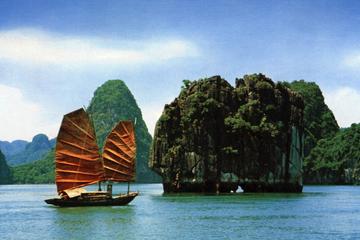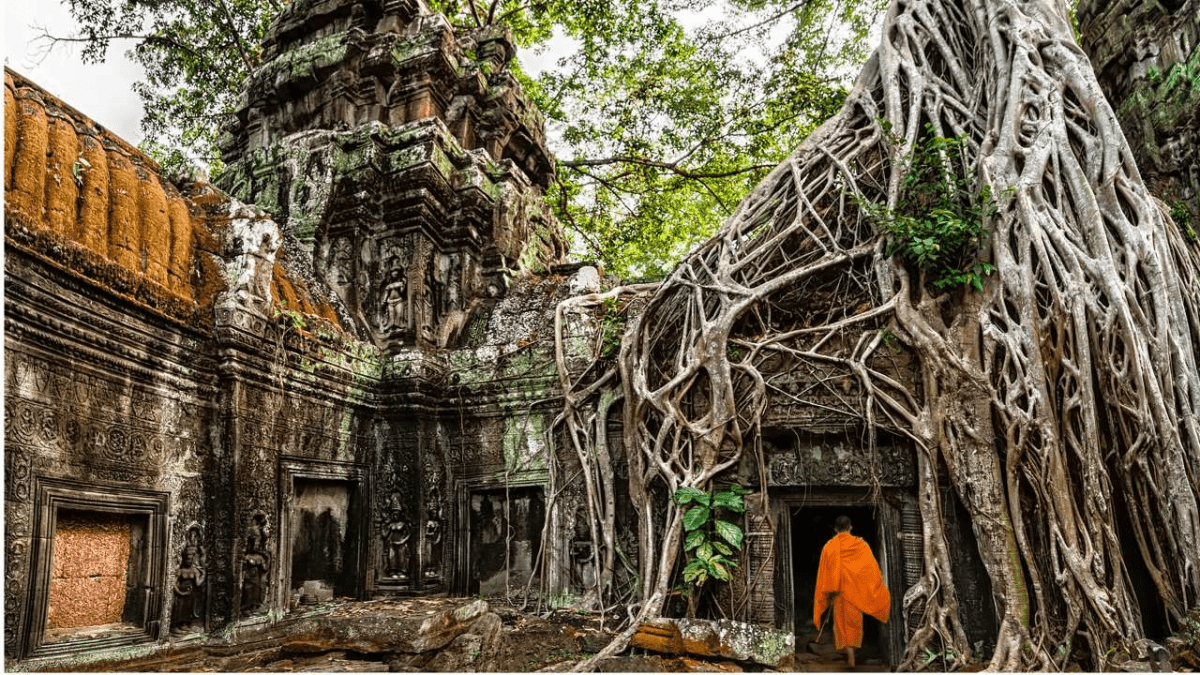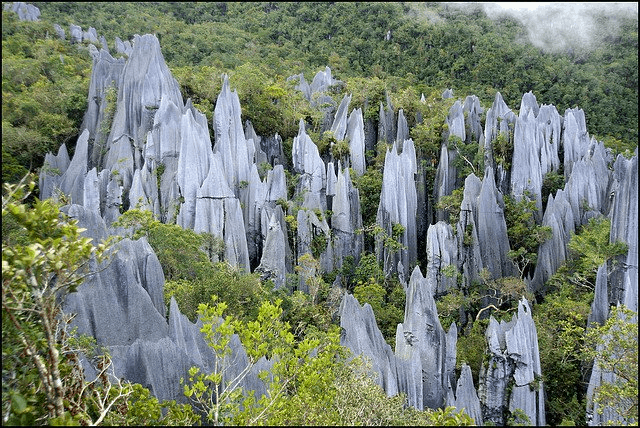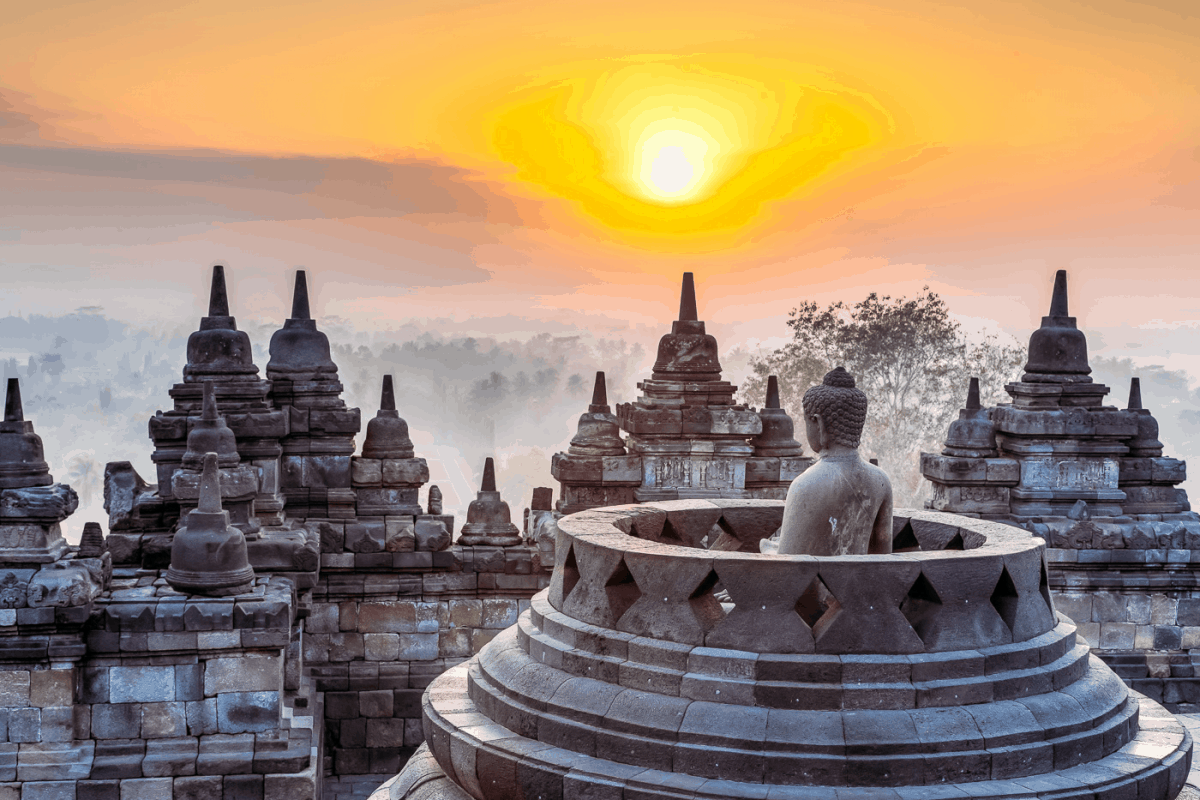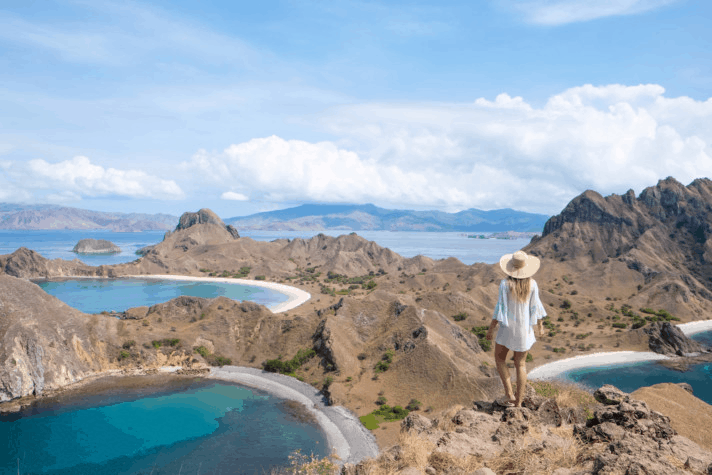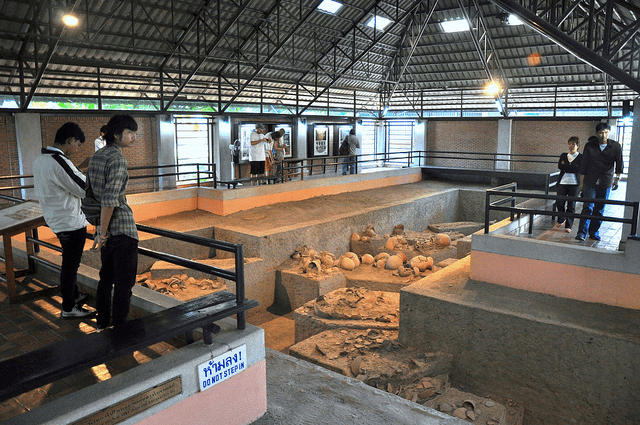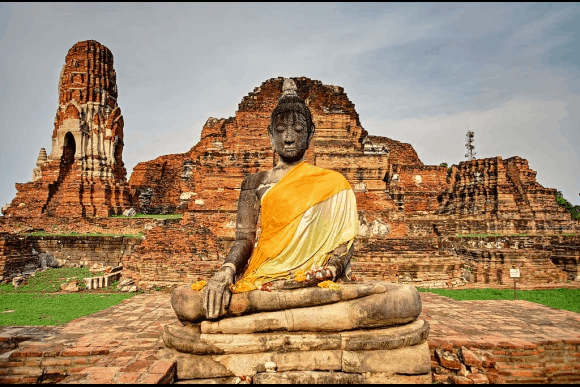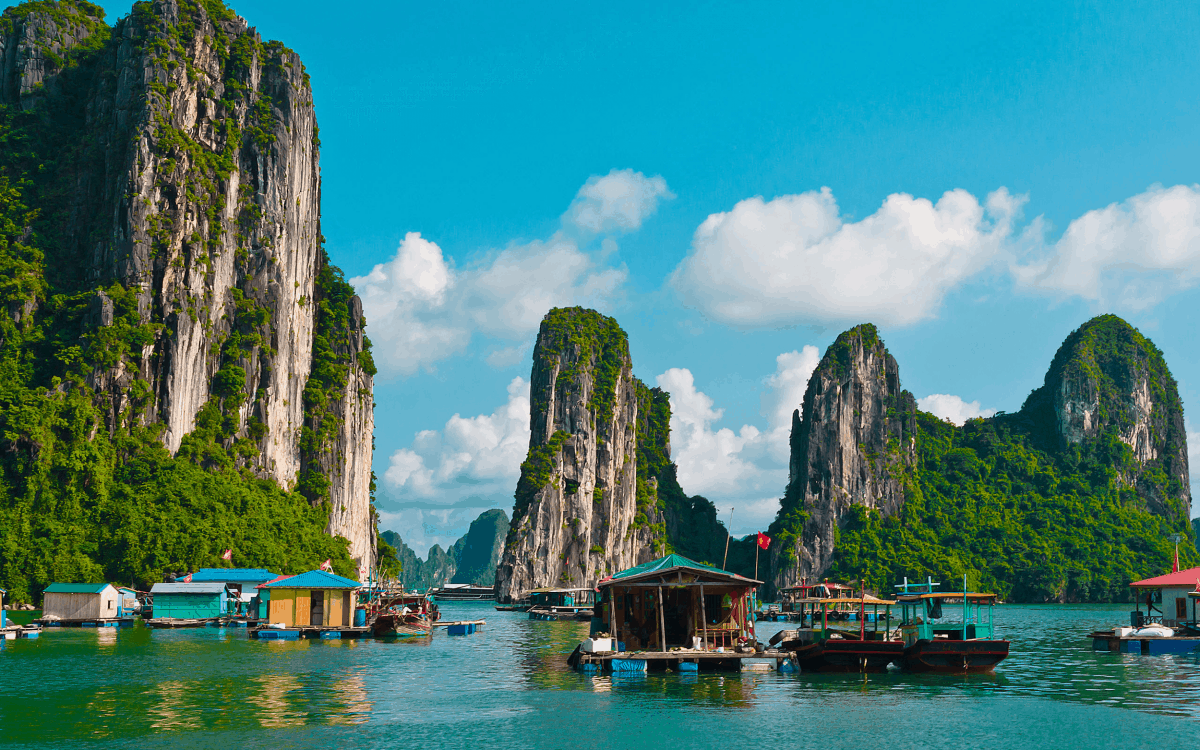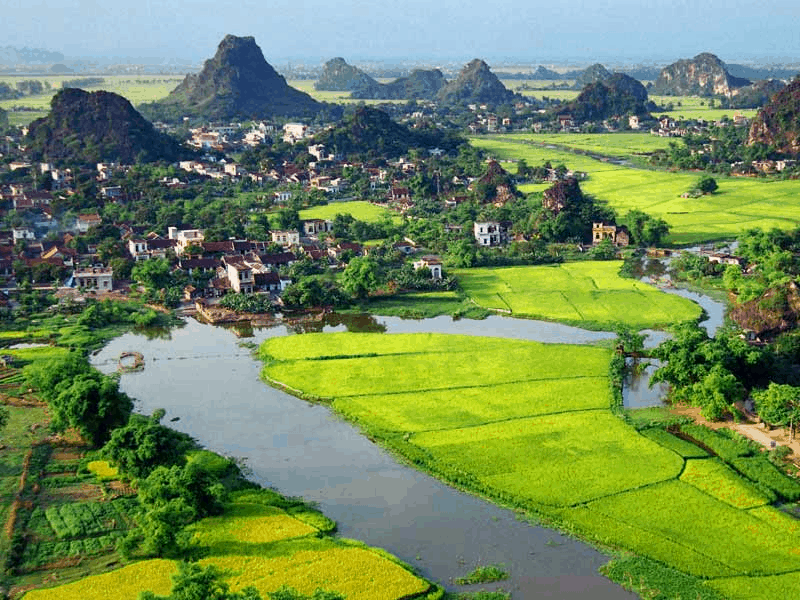No need to travel far, there are plenty in SEA for you to explore!
While up on the UNESCO heritage site of Pamukkale in Turkey, one of the fellow travellers quipped about how amazing all of the other UNESCO sites must be if they are anything like Pamukkale.
And she is right – all of the sites are carefully selected and UNESCO regards the, as being important to the collective interests of humanity, so they are indeed special and spectacular in their own ways.
There are a total of 125 UNESCO heritage sites around the world as of now, and there are plenty to visit in Southeast Asia itself. Here are 10 that you can explore!
1. Angkor, Cambodia
One of the major archaeological sites in Southeast Asia, Angkor is composed of the remains of the capital of the Khmer Empire, dating from the 9th to 15th century. Apart from the famous temple of Angkor Wat, the Angkor site also includes the equally impressive Bayon Temple, Angkor Thom and the Ta Prohm temple (as in the photograph above). While you are there, do try to catch the sunrise in Angkor Wat, it is a sight to behold!
A one-day pass to visit all of the temples in Angkor will cost you around USD 37 (SGD 51) and a tuk-tuk can be arranged from your accommodation to bring you around.
Google created a special website as part of its Google Maps Street View for you to explore the Angkor temples from home if you are unable to fly over there. Check it here!
Location: Siem Reap Province, Cambodia
Site type: cultural
Size: 40,000 ha
Year of inscription: 1992
2. Gunung Mulu National Park, Malaysia
Gunung Mulu National Park is located on the island of Borneo, Malaysia – which means you can get there at an affordable price. It is very rich in biodiversity and is well known for its karstic features and the resulting caves formed by the dissolution of rocks in the humid climate.
If you intend to camp at the park, making a reservation is a must. This tour package 3D2N trip will set you back about 415RM (134 SGD), including a tour guide and camp fees. Do note you have to be above 16 years of age and that the hike to see the pinnacles is challenging – not for the faint of heart.
Location: Northern Sarawak, Borneo, Malaysia
Site type: natural
Size: 52,864 ha
Year of inscription: 2000
3. Kinabalu Park, Malaysia
Reaching 4095 metres at its highest point, Mount Kinabalu is the highest mountain in Southeast Asia. The surrounding park is also home to a diverse range of flora and fauna.
It is necessary to do the climb with a registered guide. In addition, a climbing permit must be obtained. Do ensure to make a booking at least three months in advance if you are intending to go during the peak season. It is definitely not an easy climb, but the sunrise at the peak of Mount Kinabalu will more than make up for the tough journey!
Location: Sabah, Borneo, Malaysia
Site type: natural
Size: 75,370 ha
Year of inscription: 2000
4. Borobudur Temple Compounds, Indonesia
Situated in central Java, the Borobudur temple is a large Buddhist temple from the 8th and 9th Centuries. It is famous for the pyramidal shape and stupas arranged in concentric circles, surrounded by intricately carved outer walls.
While you are in that part of Indonesia, why not visit the famous Mount Bromo and Mount Ijen as well?
Location: Megalang Regency, Central Java, Indonesia
Site type: cultural
Year of inscription: 1991
5. Komodo National Park, Indonesia
The Komodo National Park is a natural site made of volcanic islands. These islands are home to the Komodo dragon (hence the name). The view from the top of the mountains is also fantastic! It is not the easiest or the most convenient place to travel to, so please do plan your route before heading over.
Location: East Nusa Tenggara, Indonesia
Site type: natural
Size: 219,322 ha
Year of inscription: 1991
6. Ban Chiang Archaeological Site, Thailand
Discovered in 1966, this site received tons of publicity due to the attractive red painted earthenware. Often known as one of the most important prehistoric settlement, Ban Chiang provides insights about human evolution in Southeast Asia. The artifacts and human remains also show one of the earliest use of metals and agriculture in the region.
Location: Udon Thani Province, Thailand
Site type: cultural
Size: 64 ha
Year of inscription: 1992
7. Historic City of Ayutthaya
The capital of the Kingdom of Siam from the mid 14th Century until its destruction by the Burmese in the 18th Century, the remains of religious and administrative buildings offer visitors a glimpse of how spectacular Ayutthaya must have been at its finest.
Ayutthaya is easily reachable from Bangkok – just about a 2-hour bus ride away using public transportation!
Location: Ayutthaya Province, Thailand
Site type: cultural
Size: 289 ha
Year of inscription: 1999
8. Ha Long Bay, Vietnam
The iconic Ha Long Bay needs no special introduction. This site is known world-wide for its beauty and the biodiversity in the area. Tourists throng to Ha Long Bay all year round, but it should not be a deterrent for you to visit this place at least once!
Location: Quảng Ninh Province, Vietnam
Site type: natural
Size: 150,000 ha
Year of inscription: 1994
9.Trang An Landscape Complex, Vietnam
Nestled on the southern side of the Red River Delta, Trang An is a breathtaking complex of limestone karst peaks piercing out of valleys, shrouded by steep, almost-vertical cliffs. Apart from its natural beauty, this site also holds cultural significance – it has been inhabited for more than 30 000 years. Artifacts in Trang An provide important information about the Neolithic Era and the Bronze Age. It is also the site of Hao Lu, the ancient capital of Vietnam from the 10th to 11th Century.
Location: Ninh Binh Province, Vietnam
Site type: mixed, natural and cultural
Year of inscription: 2014
10. Phong Nha-Ke Bang National Park, Vietnam
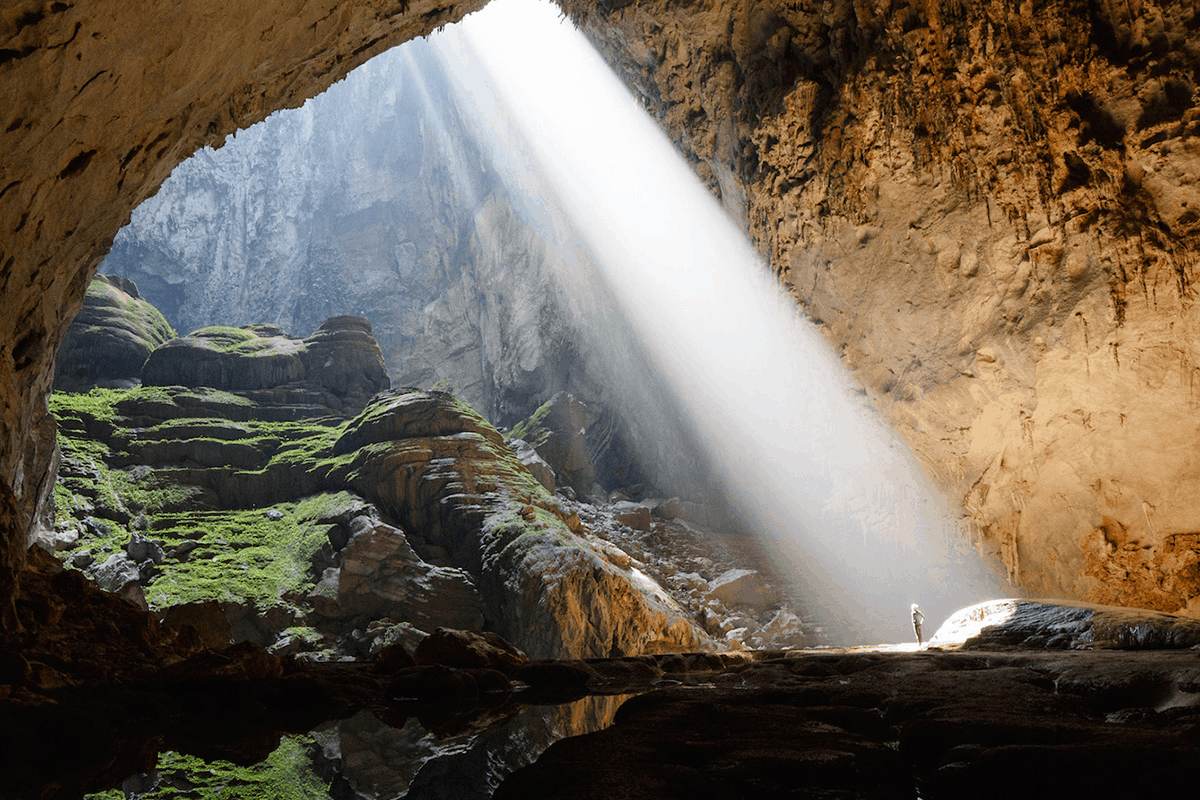
This park is characterized by the vast mountains, tropical forests, 65 KM of caves and underground rivers and its ancient limestone karsts. In fact, the Phong Nha-Ke Bang National Park is home to the oldest karst formation in Southeast Asia. The area is also rich in wildlife – you may even get to spot tigers, bears and elephants!
Doesn’t the picture alone make you want to book a trip to Quảng Bình Province?
Location: Bố Trạch and Minh Hóa districts, Quảng Bình Province, Vietnam
Site type: natural
Size: 85,754 ha
Year of inscription: 2003
——-
Which of these sites will you be adding to your must-see list?







